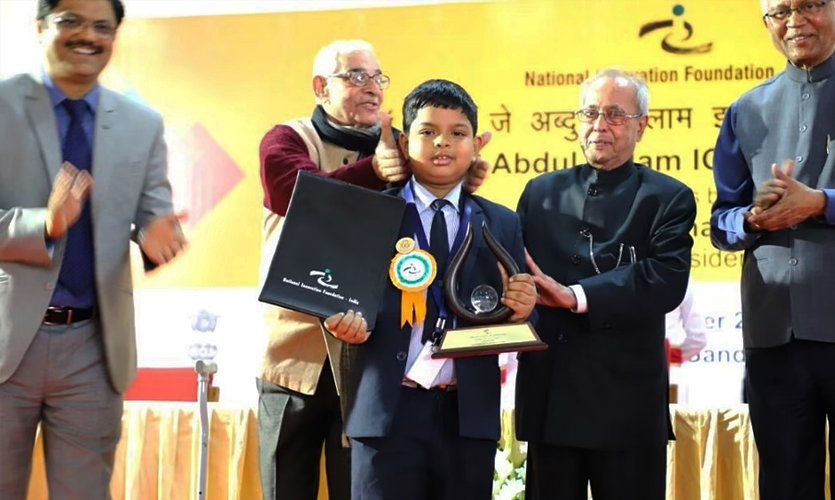Doing dirty laundry has become more than just a chore. It has no longer remained shackled to a bucket, brush and bar. Washing machines have taken over, but they too come with their own tantrums. Top load, front load, semi-automatic, fully automatic, with dryer, without a dryer, even the detergents are different for each but all these specifications come with one thing in common i.e. a constant water supply. But still, the amount of water used in a single wash can be startling.
A few days ago, 13-year-old Ayushman Nayak from Bhubaneswar named Ayushman Nayak amused the technical world by earning an intellectual right patent for his innovative idea. His idea, known as the ‘System for Using Recycled Soap Water in Washing Machine and Method’ was submitted to the Central Government for which he has received a patent for 20 years.

“Such inventions are the need of the hour especially the ones that promote water saving. India is on the verge of a major water shortage and through inventions like these it could be averted”, comments Dr K. Murthy, Scientist and Group Coordinator, IBM Technologies, Bangalore. “I worked on it while I was class third and received the APJ Abdul Kalam Ignite Award in 2017”, said Ayushman Nayak in an interview.
Ayushman’s innovation makes use of a five-layer filtration system which makes use of the wastewater from washing machines and recycles it so that it can be used again for different purposes. Certain engineers from Gujarat have developed a practical model of Ayushman’s idea.
Such a system can save hundreds of litres of waters. “Washing machines usually use around 56 to 120 litres of water all of which is wasted once a washing cycle is complete. With this innovation we can save all of the water that is wasted”, says Dr Murthy.
An average Indian uses 16 per cent of total water for washing clothes. And yearly around eight lakh litres of water is wasted by the washing machine if used on a daily basis. Abhinav Kumar, a mechanical engineer from IIT Kanpur explains, “Wastewater from washing machines is called greywater which can be utilised again and can even be used to flush toilets.
The number of bacteria, dirt and soaps are still less in greywater, which makes it suitable for filtration. Not only does it save water when reused it also reduces the BOD of water bodies when discharged.” If Ayushman’s innovation is implemented on a national level after making the technology affordable and uniformly available, a household would be able to save enough water to run daily chores effortlessly without any water shortage.
As it is still a basic idea, the government along with engineers are doing their best to promote this innovative idea and develop useful systems to be utilised on a national scale.










